Trying to understand the continuity of Dark Crisis and Death of the Justice League
Death of Justice League and Dark Crisis take place "in the future of the DCU." So what does that mean exactly?
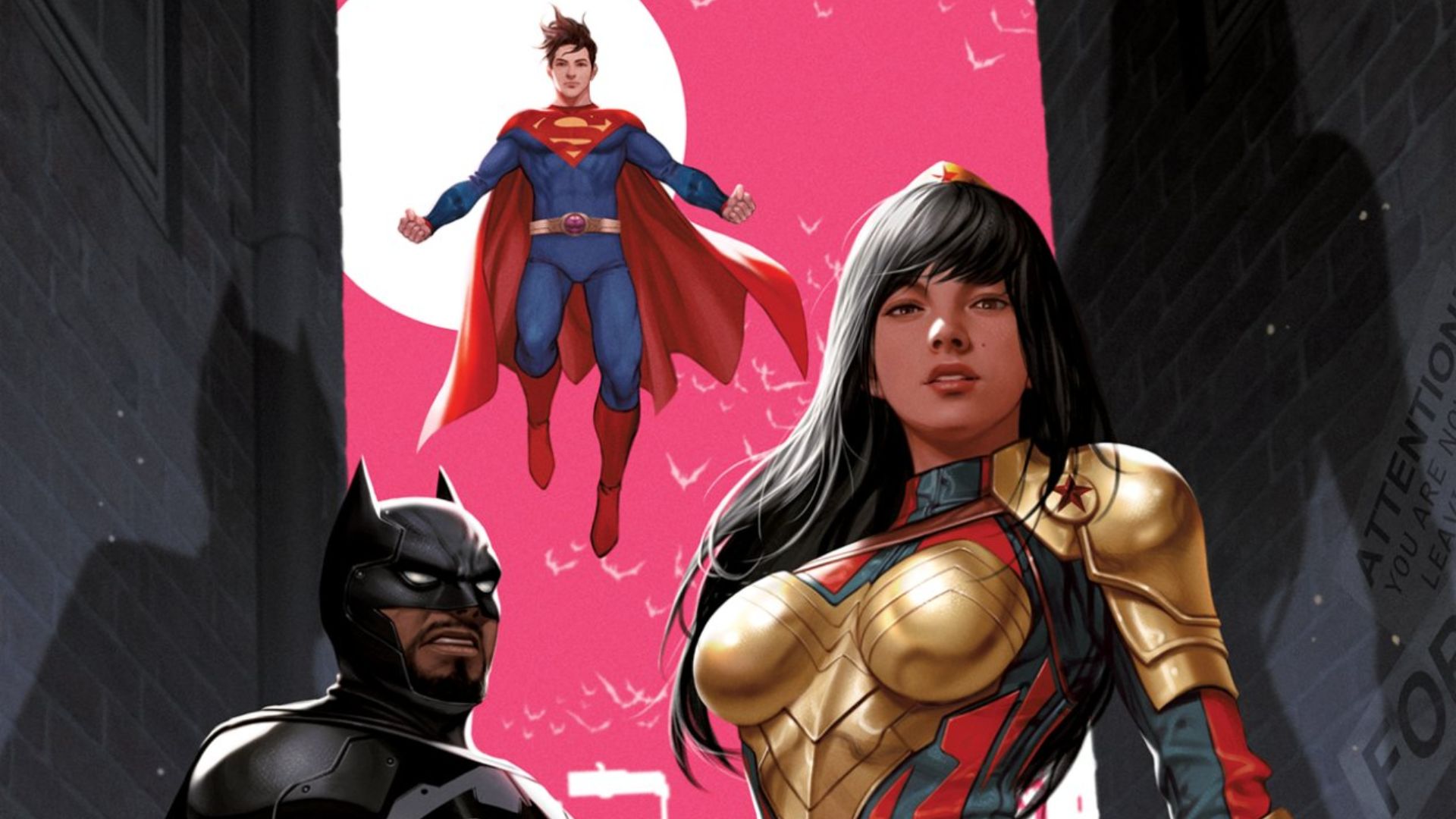
See if you can follow the bouncing continuity ball...
In April, the Justice League will die in Justice League #75, in a story leading into the big DC event of 2022, Dark Crisis, mostly focused on a world without a Justice League following their deaths.
And to show the world it ain't kidding around, DC is canceling the Justice League series with that issue.
And lest there is any lingering doubt, the publisher is on record saying the 'Death of the Justice League' story in continuity.
Well ... kind of.
The Justice League dies in the "a bit in the future of the DCU."
How far in the future? Well, besides some lead-in one-shots in May, the members of the Justice League who died in April necessitating the cancellation of the team title in May are still kicking around their own series that same month ... and in June too...
Get the best comic news, insights, opinions, analysis and more!
... except in the monthly Flash series, which kicks off a storyline in June set after the death of the Justice League, tying into Dark Crisis ... which again is set a bit in the future.
So to recap, in June the Justice League's Batman, Superman, Wonder Woman, and Aquaman are in dead in Dark Crisis #1, The Flash #783, and the tie-in series Dark Crisis: Young League, which all happen sometime after June's Batman #124, Detective Comics #1061, Action Comics, #1044, and Aquamen #5 in which those lead-characters are alive ... even though their deaths were in a standard DC ongoing series in April.
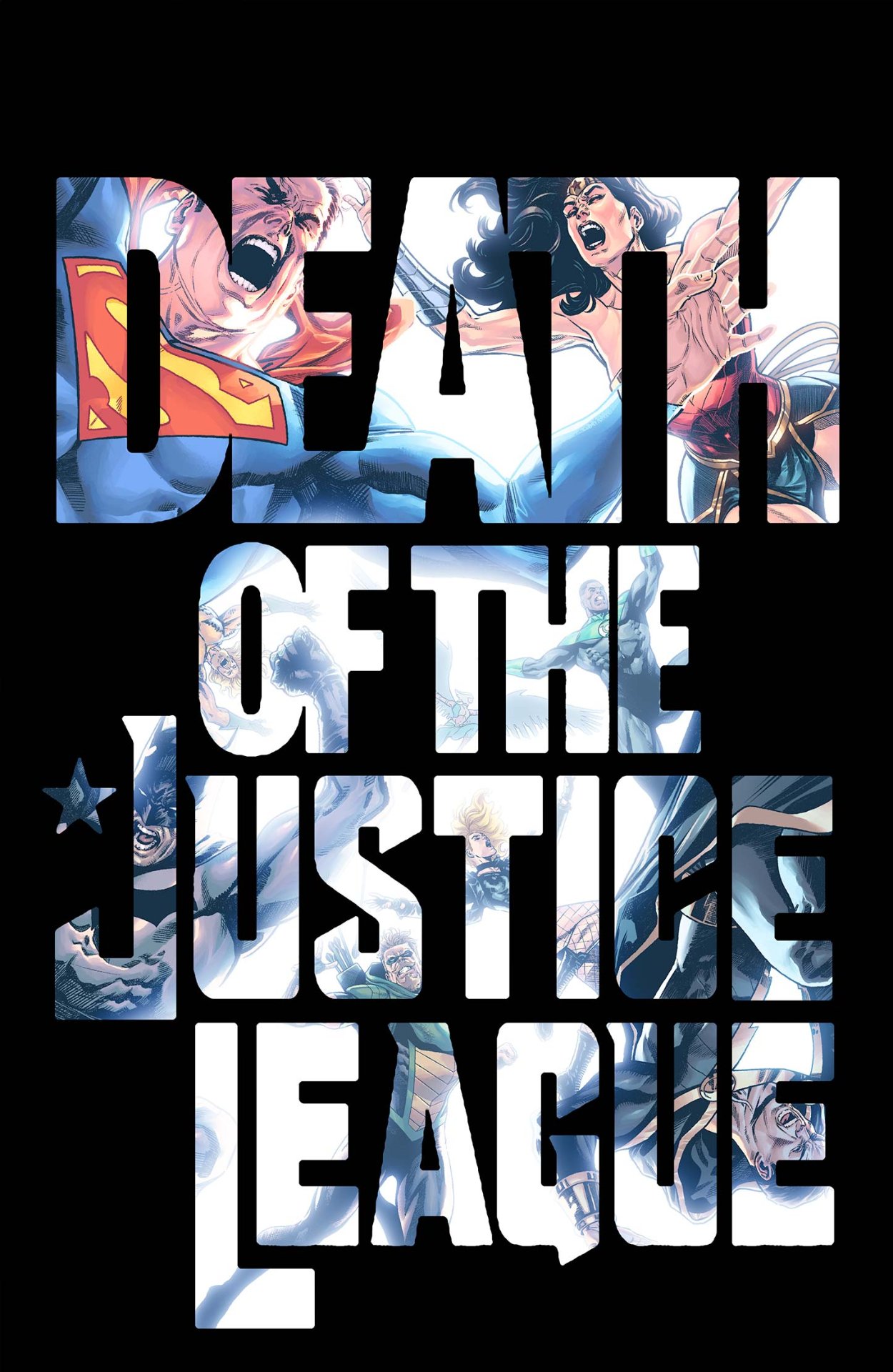
Got all that?
Now let's be fair, 'Death of the Justice League' and Dark Crisis writer Joshua Williamson has said the storyline is about more than just killing some superheroes.
"...it's about the characters and the relationships that we've seen built over DC's great history," he's said.
And to be even fairer, when it comes to DC comic books, continuity has been something of a moving target long before Dark Crisis.
Over the last several years, the publisher has taken an increasingly metatextual approach to its long and complicated history, telling cosmic stories that both recognize it's no longer possible (if it ever was) to craft a logical timeline out of its history that at the same narratively rationalizes all of its past attempts to impossibly craft a logical timeline out of its history.
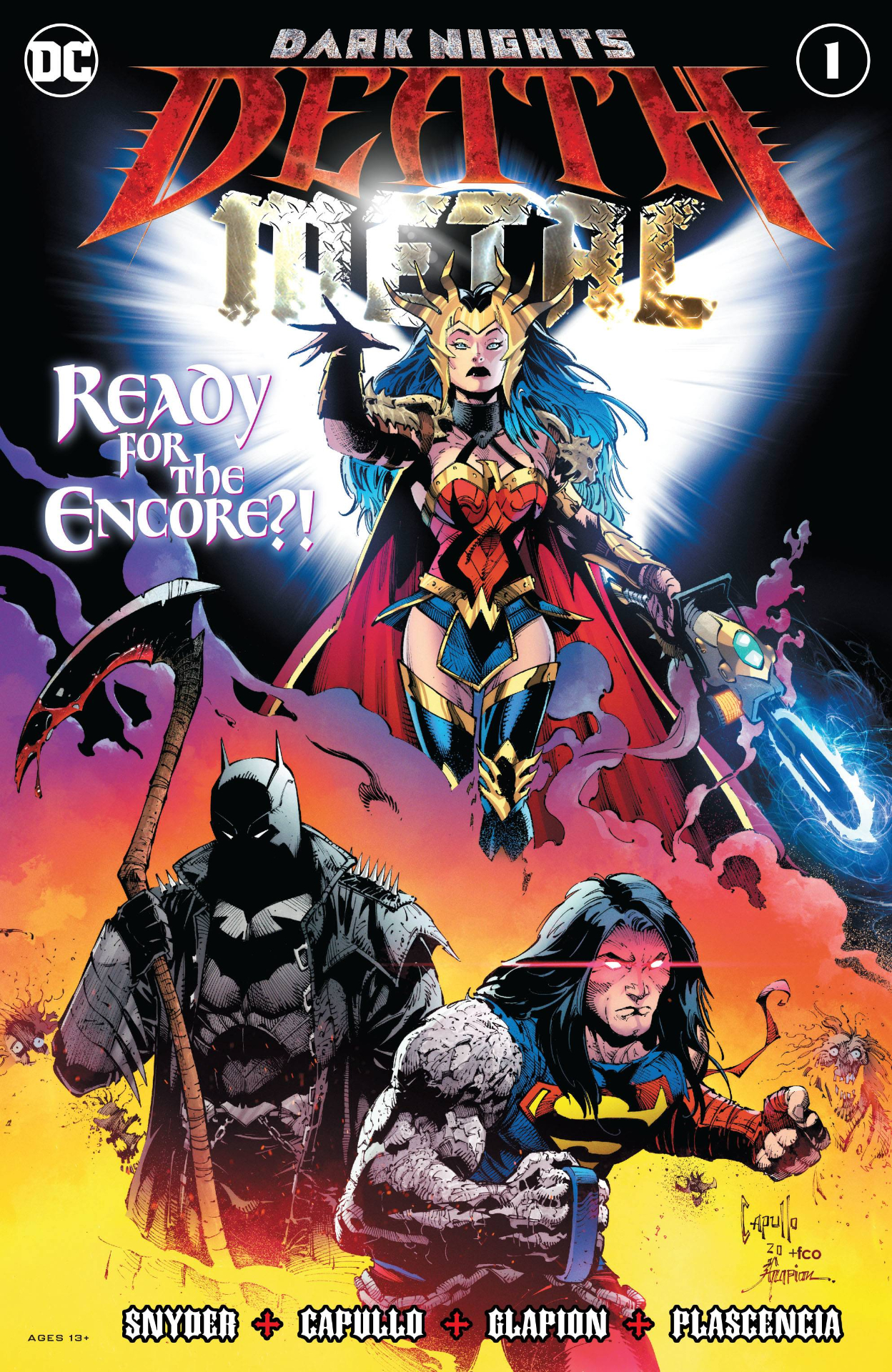
DC's last major event before Dark Crisis, Dark Nights: Death Metal, fully embraced this approach. The series itself took place alongside DC's regular monthly titles. But the big changes to DC's Earth and its heroes that were at the foundation of the bombastic magnum opus series weren't reflected in those same heroes' monthly series.
Death Metal not only took place in something of its own pocket or bubble of time, its exposition-heavy epilogue fully embraced the meta-explanation that every story DC has ever told is part of continuity and heroes such as Superman, Wonder Woman, and Batman who have existed for 80-plus years experienced them all.
The series even wrapped itself up in a tidy self-contained way in which you could just insert it into any point in the contemporary DCU timeline and it still made sense that it all happened 'in continuity.'
And afterward, some of DC's monthly series did reflect the events of Death Metal, particularly its finale.
Wonder Woman specifically clearly acknowledged Death Metal and launched a storyline that took place immediately following its final issue and the Infinite Frontier #0 special that was published soon after.
Death Metal was the harbinger of DC's Infinite Frontier era and laid out the less restrictive new rules the DCU operates under and more and more it seems 'Death of the Justice League' and Dark Crisis is following its blueprint.
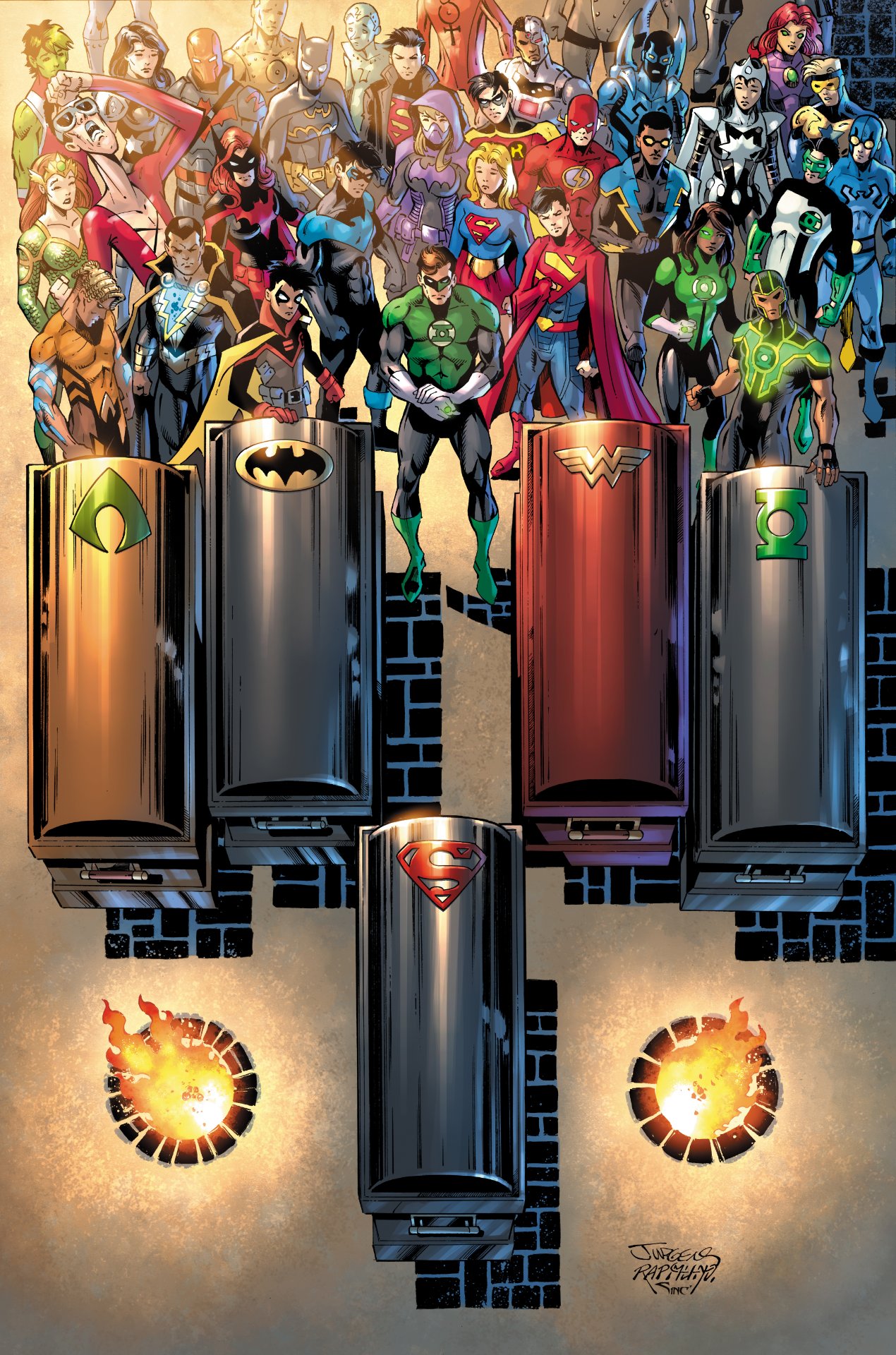
Justice League #75 attracted a lot of attention (and we mean a lot) with the news that most of DC's most iconic superheroes would die, and in the initial announcement, Williamson seemed aware of the questions DC-savvy readers would immediately begin asking, proactively promising it was the real deal.
"We want people to understand, this is serious and this is gonna have a major impact in the DCU moving forward," Williamson told Entertainment Weekly, adding later that the Justice League monthly series would be absent for an extended period.
"It's gonna be a while, and that's gonna be a major part of what the DCU looks like after this story."
The seemingly intended takeaway from this was that the death of the Justice League characters would land some punches. The clear intended takeaway was that DC was killing its icons.
But the story "takes place a bit in the future of the DCU," and we gotta take a second to note here DC has never officially announced this. That was left to a tweet by Williamson that wasn't mentioned in the Entertainment Weekly story or any DC announcement or marketing material for Dark Crisis since.
And since for the most part, the contemporary DCU titles starring these characters will not reflect their demise and absence, the question then becomes, when and how will the future become the past if it's never the present?
That's a factor in wrapping our heads around what Dark Crisis is and what Dark Crisis is not.
Don't get us wrong, Death Metal was a blast whenever and however it took place. And there is more than enough room for a fun, epic story about how the DCU deals with the death of its most iconic heroes.
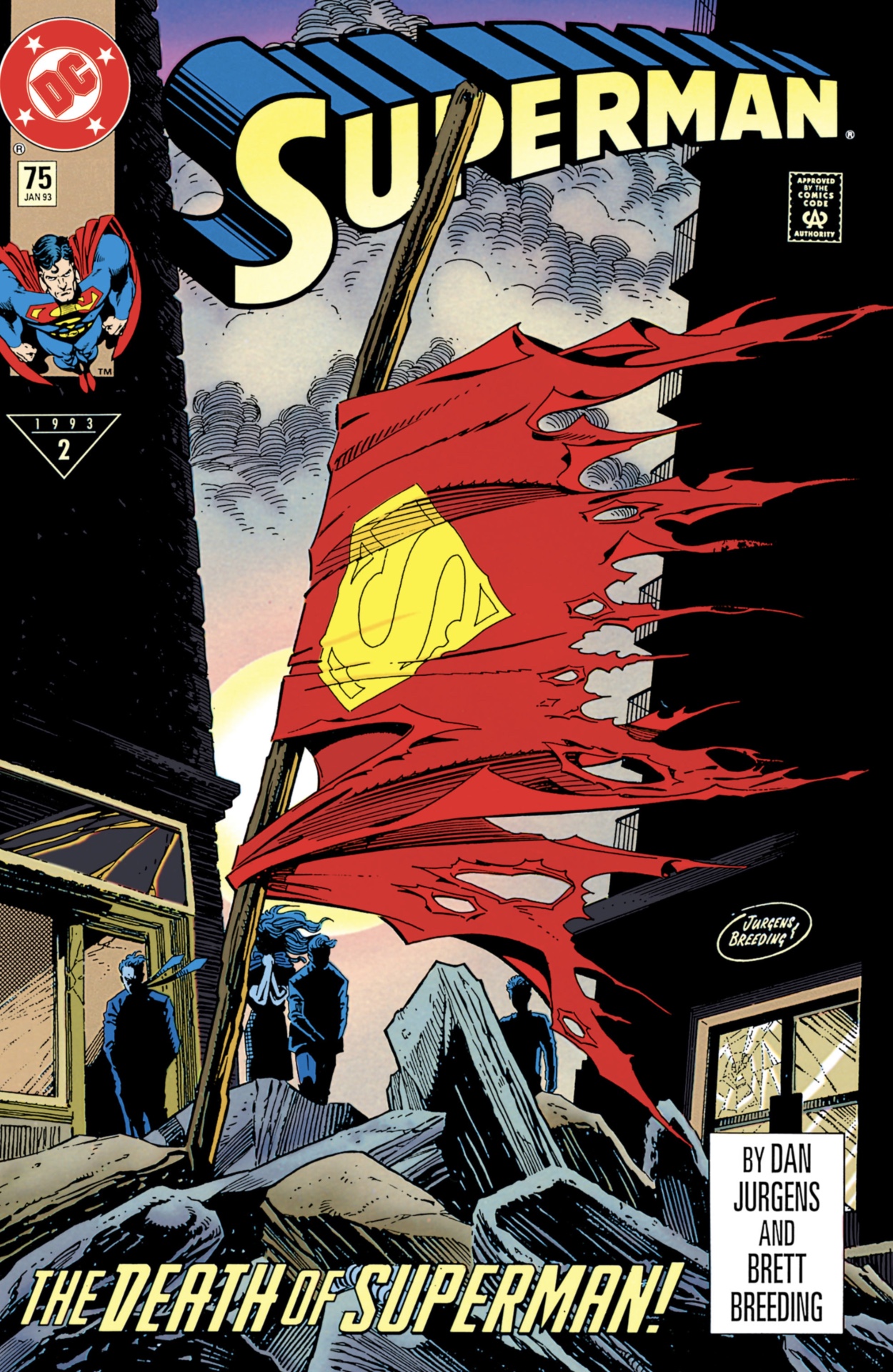
But the story/event it's taking its inspiration from - 1992's 'Death of Superman' - was firmly rooted in monthly continuity or the idea that DC's core ongoing series like Action Comics, Batman, and Wonder Woman take place not just in shared continuity but in a shared contemporaneous timeline.
It was indisputable in '92 Superman was dead in whatever DCU title or titles you happened to read that year.
Dark Crisis could certainly be a story that impacts the DCU moving forward like Death Metal did, while never directly tying into the ongoing titles. And in the future, it could be similarly be dropped into continuity with the monthly series suddenly reflecting its changes on their own terms and timeline.
But that's a somewhat different continuity animal than the more traditional universe-wide event approach with tie-ins and crossovers, and it certainly could affect the perception of the deaths of the iconic Justice Leaguers if they're never dead outside the internal narrative of Dark Crisis.
At this point, it looks almost certain DC is taking the Death Metal approach here.
And that isn't a matter of good or bad, or right or wrong.
Just A or B.
DC says Death of the Justice League and Dark Crisis is in continuity.
Okay.
So the next question is simply "how?" When and in what way will it have a "major impact in the DCU moving forward" outside of its own pages?
You have to ask those questions for DC continuity these days. But we're looking forward to the answers.
Any way this plays out, are Superman, Wonder Woman, and Batman really dead? It actually doesn't matter.
I'm not just the Newsarama founder and editor-in-chief, I'm also a reader. And that reference is just a little bit older than the beginning of my Newsarama journey. I founded what would become the comic book news site in 1996, and except for a brief sojourn at Marvel Comics as its marketing and communications manager in 2003, I've been writing about new comic book titles, creative changes, and occasionally offering my perspective on important industry events and developments for the 25 years since. Despite many changes to Newsarama, my passion for the medium of comic books and the characters makes the last quarter-century (it's crazy to see that in writing) time spent doing what I love most.


